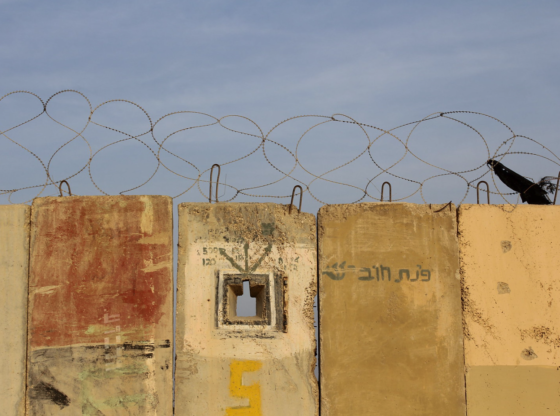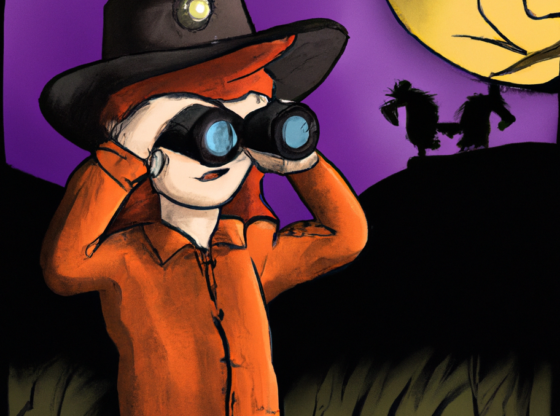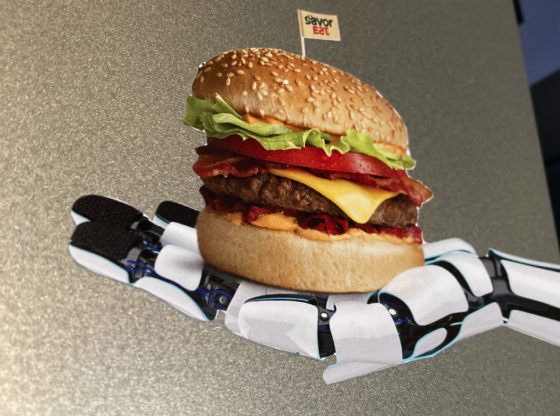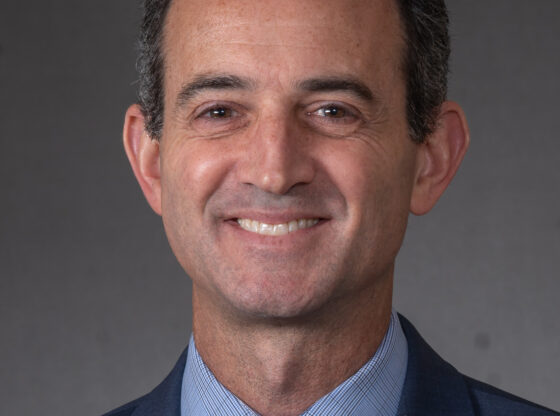On Monday night, Professor Bill Philpott, associate professor of history, gave a lecture about an anniversary much darker than, yet still related to, DU’s own sesquicentennial- the 150th anniversary of the Sand Creek Massacre.
Two people instrumental in the massacre were Governor John Evans and Colonel John Chivington. Evans was the founder of the University of Denver, and Chivington a member of the executive board.
Even during white expansion into the area, Native American tribes were still growing and thriving, fueled by expansion of the use of horses.
“They were not stagnant, as history often portrays them,” said Philpott.
However, while the tribes viewed their futures as bright, many new white settlers to the west viewed them as a dying populace. This view of the people as a “vanishing race” often justified killing, relocating and obliterating the culture of Native American Tribes according to Philpott.
Fueled by fear from both a massacre by the Sioux on a small village in north of the country and especially by the killing of a family in nearby Hungate, Evans, then governor of Denver, began to insight panic. Although the murder in Hungate was an isolated incident probably fueled by a personal grudge, according to Philpott, the bodies of the families were displayed in downtown Denver, and hysteria ensued.
Convinced that the Native Americans were going to launch a war, Evans started the 3rd Colorado Regiment, a faction created in reaction to this fear. He began sending panicked telegrams to the army, begging for help.
Peace talks between Evans and peaceful Native American chiefs were attempted during the Camp Weld Conference. The Native Americans surrendered to Major Edward Wynkoop, and were told to make camp near the Sand Creek.
However, this agreement was not upheld.
On November 29, 1864, Colonel John Chivington and the 3rd Colorado Cavalry marched to a camp of Arapahoe and Cheyenne Native Americans and brutally attacked. Seventy to 160 Native Americans were murdered, Philpott said. The bodies were scalped, mutilated, and body parts removed as souvenirs. Women, children, and the elderly comprised the majority of the victims.
An American flag, with a white flag underneath, hung at the chief’s lodge while the massacre took place.
After hearing the testimonies of some of the captains who witnessed the massacre but refused to order their men to shoot, the U.S. Military launched an investigation into the event, finding both Evans and Chivington guilty of misconduct.
Evans was forced to retire from governor due to the incident. Because Chivington resigned a month after the massacre, he never received repercussions, standing by his story that the village had been hostile.
Due to the close relations of the men, especially Evans, to the University of Denver, a committee has been created to investigate the ties, according to Philpott. The committee also seeks to find how to proceed into the future while still remembering this history.











